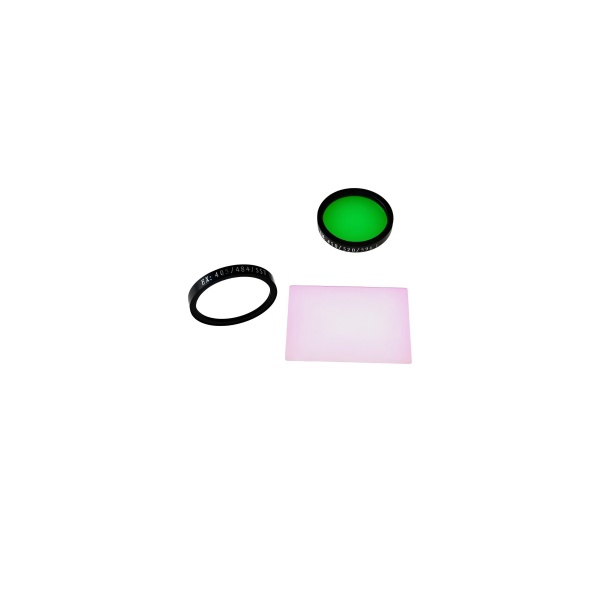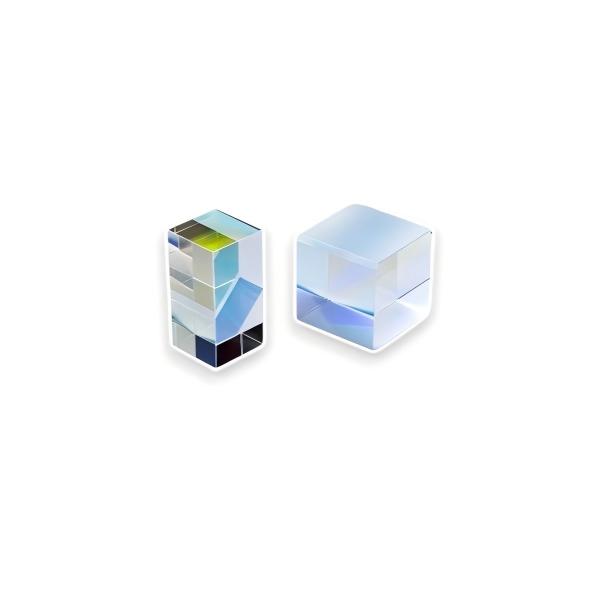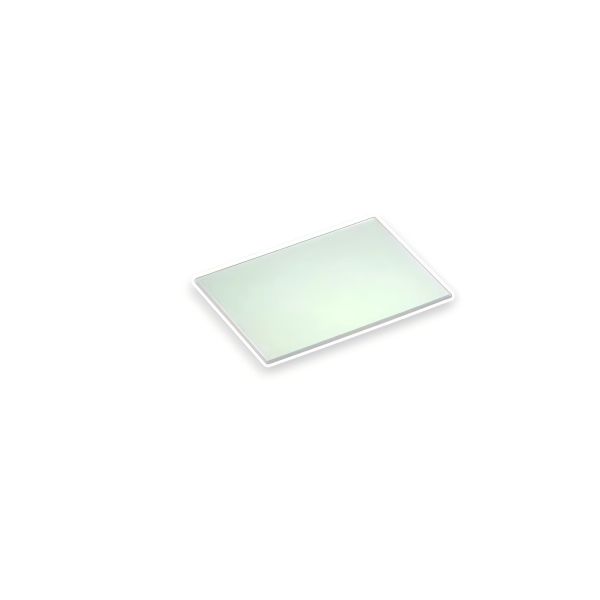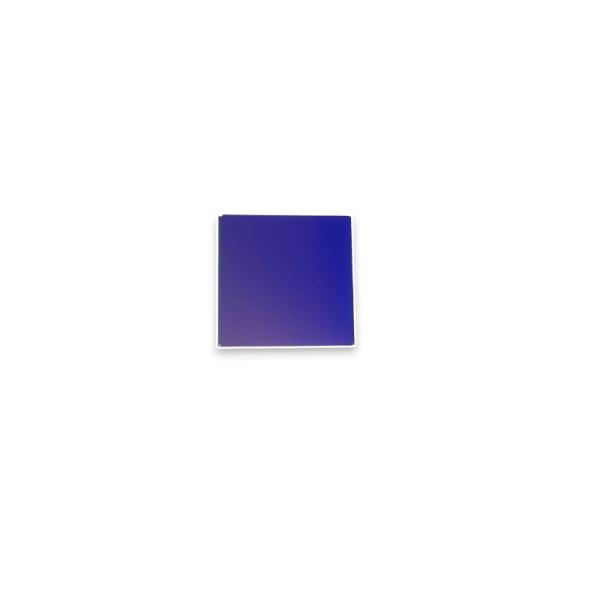

DAPI/FITC Dualband Fluorescence Filter Set
DAPI/FITC Dualband Fluorescence Filter Set Coligh manufactures is designed for detection of blue and green fluorophores in fluorescence microscopy
It has key features below:
- Dual exitation filter band: 365/40nm for DAPI and 480/30nm for FITC
- Dual emission filter band: 430/30 for DAPI and 535/40nm for FITC
- Dualdichroic mirror
- Deep blocking depth OD>5
- Hard coating
Products Categories
Get A Free Quote
Fluorescence Filter Set for DAPI FITC Excitation and Emission Description
The DAPI/FITC dualband fluorescence filter set produced by Coligh is specifically designed for multicolor fluorescence microscopy imaging. It enables efficient simultaneous excitation and separation of DAPI blue fluorescence and FITC green fluorescence.
- Excitation filter: Integrated dual-bandpass at 365/40nm (DAPI) and 480/30nm (FITC), allowing simultaneous excitation of both fluorophores with a single exposure, improving experimental efficiency.
- Emission filter: Dual-pass at 430/30nm (DAPI) and 535/40nm (FITC), precisely separating signals to ensure fluorescence specificity and avoid cross-talk.
- We use a high-performance dual dichroic mirror that reflects both 365nm and 480nm excitation light and transmits 430nm and 535nm emission light efficiently, resulting in a simplified optical path with minimal energy loss.
- Stray light blocking for non-target wavelengths exceeds OD5, significantly reducing background noise and improving signal-to-noise ratio.
- Manufactured with hard-coated technology, the filters are scratch-resistant, corrosion-resistant, and anti-aging, providing stable performance over long-term use.
- Standard filter size is Dia25*3.5mm, compatible with mainstream fluorescence microscopes.
DAPI/FITC Dualband Fluorescence Filter Set Technical Datasheet
| Item | Specification |
| Product Name | DAPI/FITC Dualband Fluorescence Filter Set |
| Application | Multicolor Fluorescence Microscopy |
| Excitation Filter | Dual-bandpass 365/40 nm (DAPI), 480/30 nm (FITC) Allowance+/-3nm |
| Emission Filter | Dual-bandpass 430/30 nm (DAPI), 535/40 nm (FITC) Allowance +/-5nm |
| Dichroic Mirror | Dual-edge dichroic, Dichroic Mirror 430nm and Dichroic Mirror 502nm |
| Blocking Range | OD > 5 outside passbands |
| Transmission Efficiency | >90% |
| Coating Type | Ion-assisted deposition + sputtered hard coating |
| Angle of Incidence | 0° (EX/EM), 45° (Dichroic) |
| Substrate | Fused Silica |
| Filter Size | Ø25 mm × 3.5 mm |
| Surface Quality | 80/50 60/40 (per MIL-PRF-13830B) |
| Compatible Microscopes | Nikon, Olympus, Zeiss, Leica |
DAPI/FITC Dualband Fluorescence Filter Set Applications
- Immunofluorescence Staining
Conventional multiband filters often suffer from higher crosstalk, such as DAPI signals leaking into the FITC channel, which affects the accuracy of colocalization analysis. The DAPI/FITC dualband filter enables simultaneous acquisition of DAPI and FITC signals in a single exposure, increasing experimental throughput and making it especially suitable for high-throughput screening. - Live Cell Tracking
Prolonged illumination during live-cell imaging can cause phototoxicity, affect cell viability, and even induce apoptosis, leading to distorted experimental results. The DAPI/FITC dualband filter allows high-speed time-lapse imaging without mechanical switching, making it suitable for monitoring rapid biological events. - Microbial Detection
Environmental samples often contain numerous non-nucleated particles that may be mistaken for microorganisms. Conventional fluorescence filters cannot effectively distinguish real microbes from nonspecific fluorescent debris. The DAPI/FITC dualband filter can exclude non-nucleated impurities, and the FITC channel specifically labels target microorganisms. - Plant Research
Chloroplasts exhibit autofluorescence, but studying their relationship with the nucleus requires additional labeling of nuclei and target proteins. The DAPI/FITC dualband filter allows multicolor simultaneous imaging, capturing dual-color data in a single shot and avoiding fluorescence fading caused by repeated exposures.




